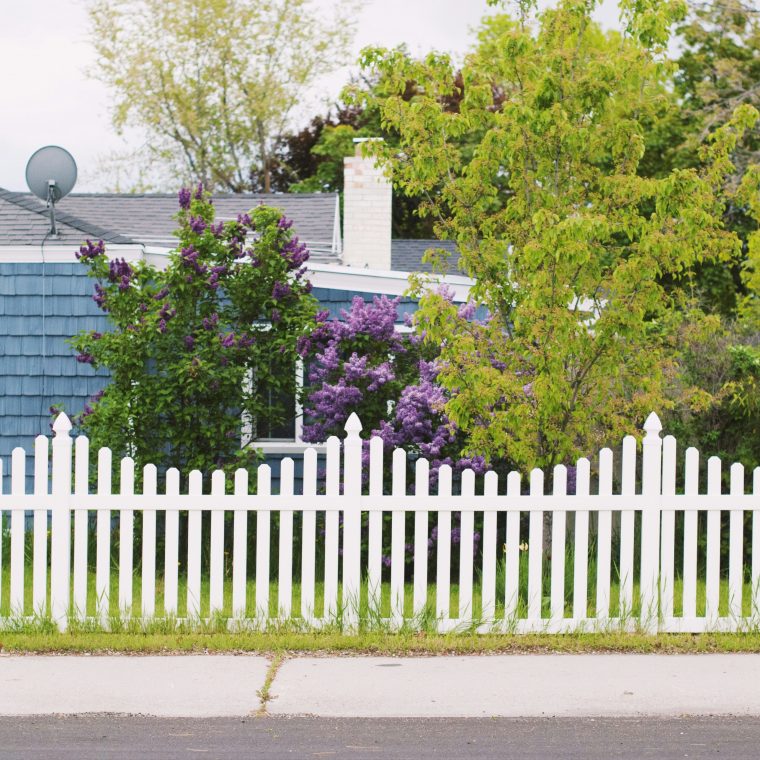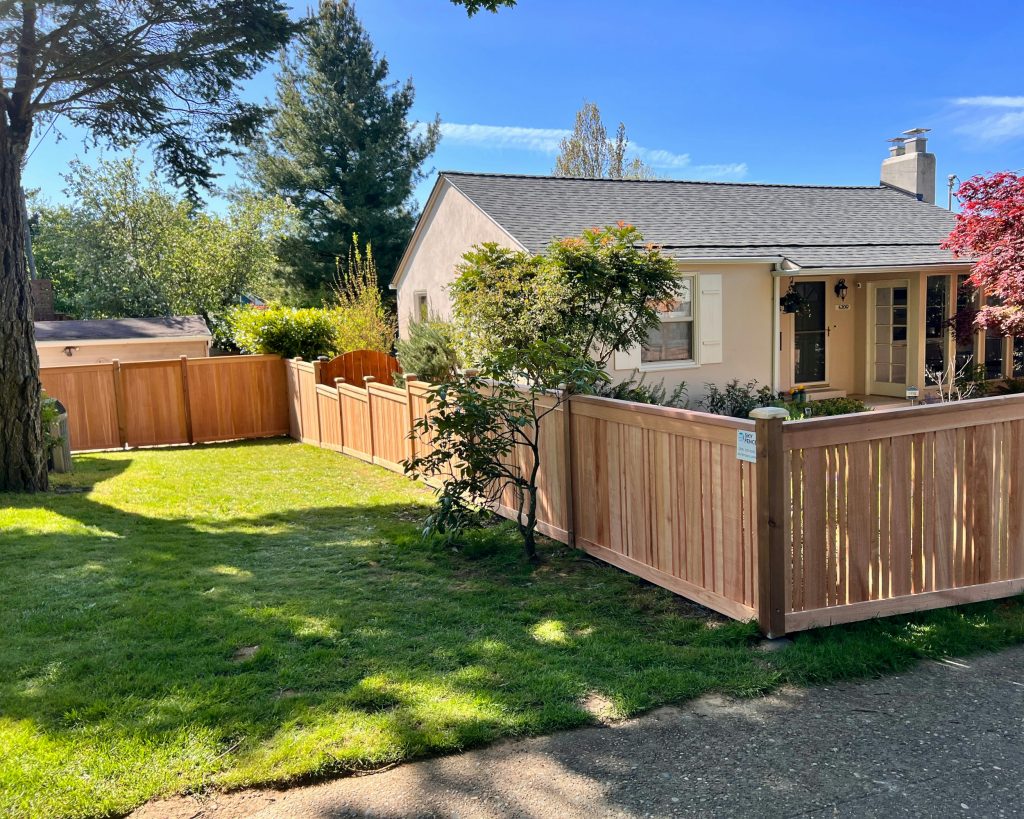Obligations and rights of property owners regarding hedges and party fences in Quebec
Introduction
Hedges and party or boundary fences are very important for delimiting properties, preserving privacy and sometimes even increasing security. But they can also cause conflicts between neighbours, especially when there are misunderstandings about who should pay to maintain or build them. Therefore, we will explain to you what are the rules that govern hedges and party fences in Quebec, in particular what concerns your rights and obligations in the Civil Code of Quebec[1].
Owners’ rights
The right to fence off one’s land
Basically, each owner has the right to enclose his land by building walls, ditches, hedges or any other kind of fence, at his own expense. They can also ask their neighbour to contribute to the costs if the fence is shared between the two lots, taking into account how the premises are used and their location.[2]
Party fences
Any fence that is located on the border between two neighbouring plots of land is presumed to be (shared) party fence, unless someone proves otherwise.
Party walls
In Quebec law, certain buildings are provided for the possibility of having a (shared) party wall dividing two units or buildings. The wall is presumed to be party if the buildings on either side are leaning against it. An owner can also “buy” in his neighbour’s private wall located on the border between the two lots, by reimbursing him half of the construction price of the wall and the value of the land used. This wall will then become a party wall, even if it was not before.[3]
The adjoining hedges
In the same way, if a hedge is on the line that separates the two plots of land, it is presumed to be shared between the two neighbours. This means that they both have rights and responsibilities towards this party or boundary hedge.[4]
Obligations of owners
Maintenance of hedges and fences
The maintenance, repair and reconstruction of a fence or party wall is the responsibility of the owners in proportion to their rights. However, an owner may be released from this obligation by renouncing the use of the party wall, provided that he or she files a notice with the Land Registry Office and informs the other owners. He will then renounce his rights (of ownership, of use) in the shared wall.[5]
Construction and modification
A homeowner can build against a party wall or install beams and joists on it, but they must first get their neighbour’s approval[6]. If the two do not agree, it is a judge who will decide on the rules to be followed, ensuring that the construction harms the rights of each co-owner of the party wall as little as possible.[7]
If a homeowner wants to increase the height of a party wall, they must check that the wall can support this modification and pay for the work. If the neighbour does not contribute to the costs, he or she can still become a co-owner of the wall by reimbursing his or her share of the costs.[8]
Local regulations
In addition to the provisions of the Civil Code of Quebec, it is important to understand the regulations concerning hedges and fences between neighbours, often determined by municipalities and which can vary depending on the borough, for example:
- According to the City of Montreal, the maximum height allowed for a fence or hedge is often 2 metres in residential areas (this maximum height varies depending on the borough).
- Several other requirements are set out in the CA-24-225 Montreal Fence By-law: for example, with some exceptions, you may not use barbed wire or non-solid materials and your fence must comply with the urban planning by-law.
- In particular, attention must be paid to the minimum distances to be respected from public roads or neighbouring properties. For example, in Montreal, your fence must not be located less than 0.30m from the sidewalk or the edge of the road.
It is therefore important to consult the municipal by-laws before starting any work on a boundary fence or hedge.
Conflict Resolution
Disputes between neighbours concerning hedges and party fences can be resolved through the following steps:
- Communication : Talk directly with your neighbour to find a compromise.
- Mediation : Use a mediator to facilitate discussions.
- Legal recourse: As a last resort, when an amicable settlement is not possible, you can file a lawsuit with the competent court to assert your rights. A lawyer can assist you in all these steps.
Conclusion
Knowing your rights and obligations when it comes to hedges and party fences is essential to avoid misunderstandings and maintain a good relationship with your neighbours. If you have specific questions or persistent disagreements, consult one of our civil law lawyers for advice tailored to your situation.
Disclaimer – This article is intended to inform and raise public awareness of legal issues. The legal information in this article is provided for informational purposes only and is likely to vary significantly over time and according to the precise facts of each situation. This article is not a substitute for a lawyer’s legal opinion and does not engage the liability of Boavista Legal Services Inc., its lawyers, articling students, employees, successors and subcontractors.
[1] Civil Code of Québec, CCQ-1991, https://www.legisquebec.gouv.qc.ca/fr/document/lc/ccq-1991 (“C.C.Q.”)
[2] Art. 1002 C.c.Q.
[3] Art. 1003 and 1004 C.C.Q.
[4] Art. 1003 C.c.Q.
[5] Art. 1006 C.c.Q.
[6] Art. 1005 para. 1 C.C.Q.
[7] Art. 1005 para. 2 C.C.Q.
[8] Art. 1007 and 1008 C.C.Q.




